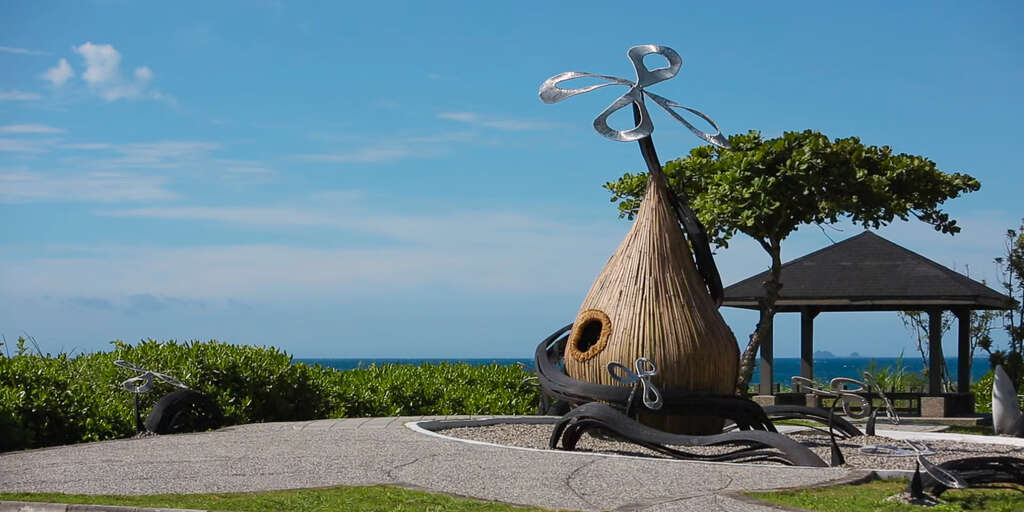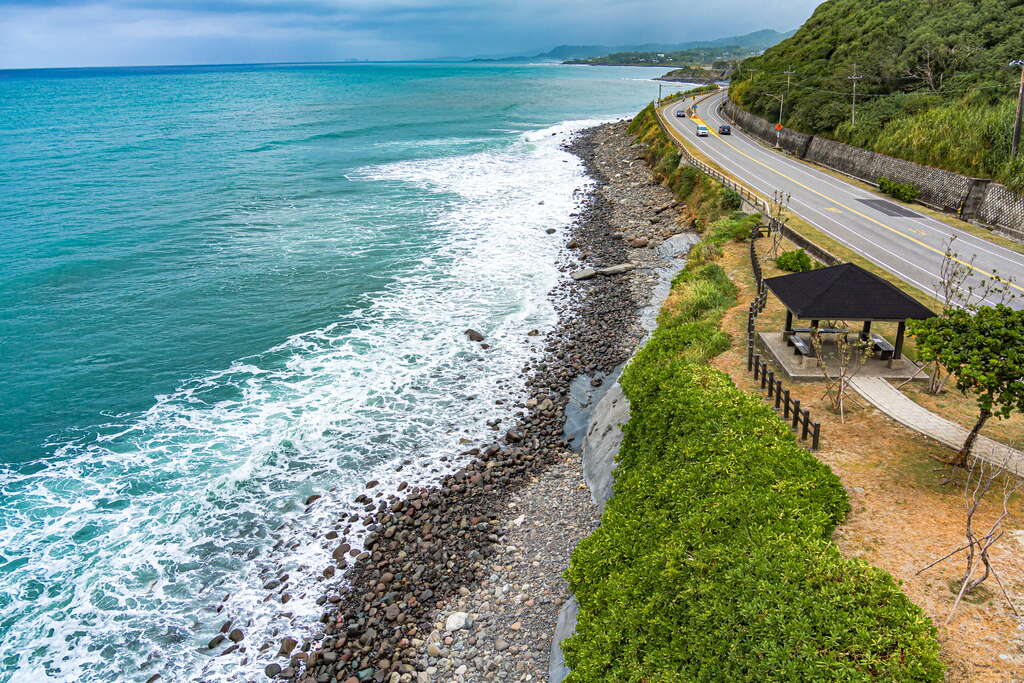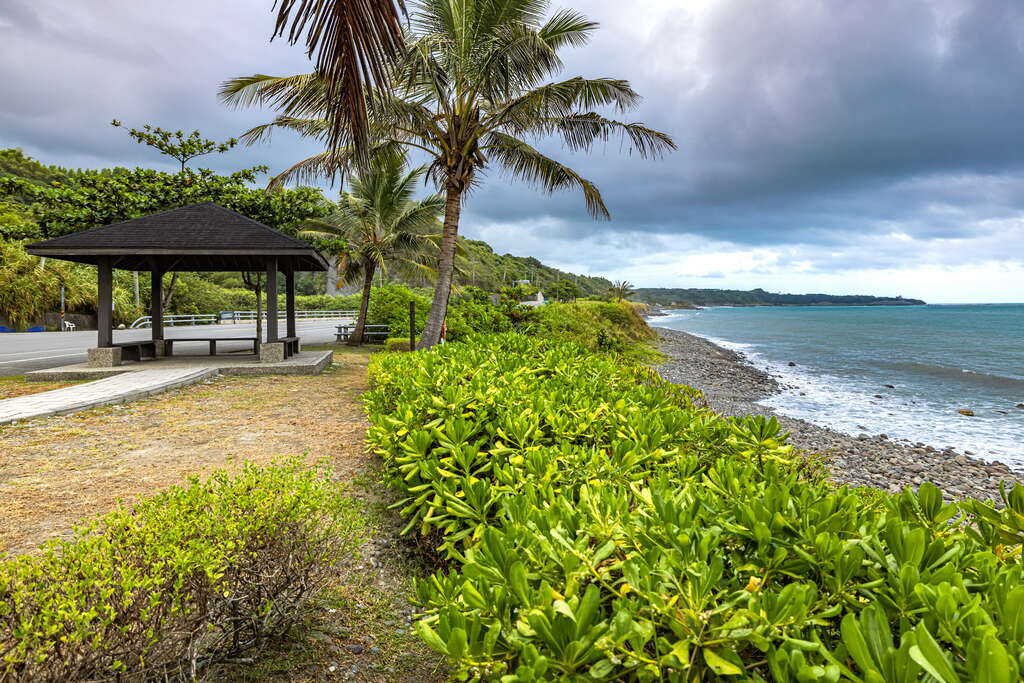Chicao Bridge Recreation Area
Updated:2024-11-25
Popularity
911At the 89-km marker of Provincial Highway 11
Fun activities
- Sit in the pavilion and enjoy the stunning sea view
- Visit Yongfu Tribe for the classic local tours
Details
Chicao Bridge is located at 88-km marker of Provincial Highway 11, near Yongfu Tribe on the sea terrace behind. Chicaopu used to be called Qicaopu or Chicaokeng. It is said that when the settlers first came, they found a grassy wasteland. During the Japanese colonial rule, bananas were planted here by Minnan (Hokkien) and Hakka people the Japanese recruited from Hsinchu, Miaoli, Taichung, and Nantou. After the recovery of Taiwan, people from Changhua who were affected by the August 7th flood of 1959 settled down here and grew lemongrass for a living.
Chicao Bridge spans across Dade River and was completed in 1996. The East Coast National Scenic Area Headquarters set up Chicao Bridge Recreation Area on the south side of the bridge, with easily accessible and spacious parking space and two pavilions with sea views on both ends. Next to the pavilion on the north side, there is an old air-raid shelter. On a clear day, visitors stop by here for the beautiful sea view. The coconut trees swaying in the sea breeze give out a nice seaside vacation vibe.
Yongfu Tribe adjacent to Chicao Bridge Recreation Area is a demonstration site for organic farming in Changbin. With the efforts of tribal leader, Chief Tsai, a unique sea salt drying tour has been developed. Visitors can experience first-hand the process of boiling sea water, cooling it down, and wrapping up the sea salt in paper mulberry leaves to bring home. Chief Cai guide visitors through learning about the traditional Amis culture and life wisdom from the cultural experience; and at the same time, appreciating the difficulty of obtaining daily necessities and the hardships of tribal life. Reservation in advance is required. Please contact Chief Cai at 0975-414890.
Information
Open Time
/- Sunday:Open 24 hours a day
- Monday:Open 24 hours a day
- Tuesday:Open 24 hours a day
- Wednesday:Open 24 hours a day
- Thursday:Open 24 hours a day
- Friday:Open 24 hours a day
- Saturday:Open 24 hours a day
Facilities
- Parking lot
- View Point
- Trail
How to Get There
Choose a transportation method based on your departure location. Remind
Parking is available.
Remind
1. Sea state is uncertain. Watch out for your safety.
2. Picking plants and hunting wild animals are strictly prohibited.
3. Help protect the environment and keep the attraction clean. Do not litter or damage the environment.
4. Cherish public resources. Do not damage public facilities.
2. Picking plants and hunting wild animals are strictly prohibited.
3. Help protect the environment and keep the attraction clean. Do not litter or damage the environment.
4. Cherish public resources. Do not damage public facilities.



